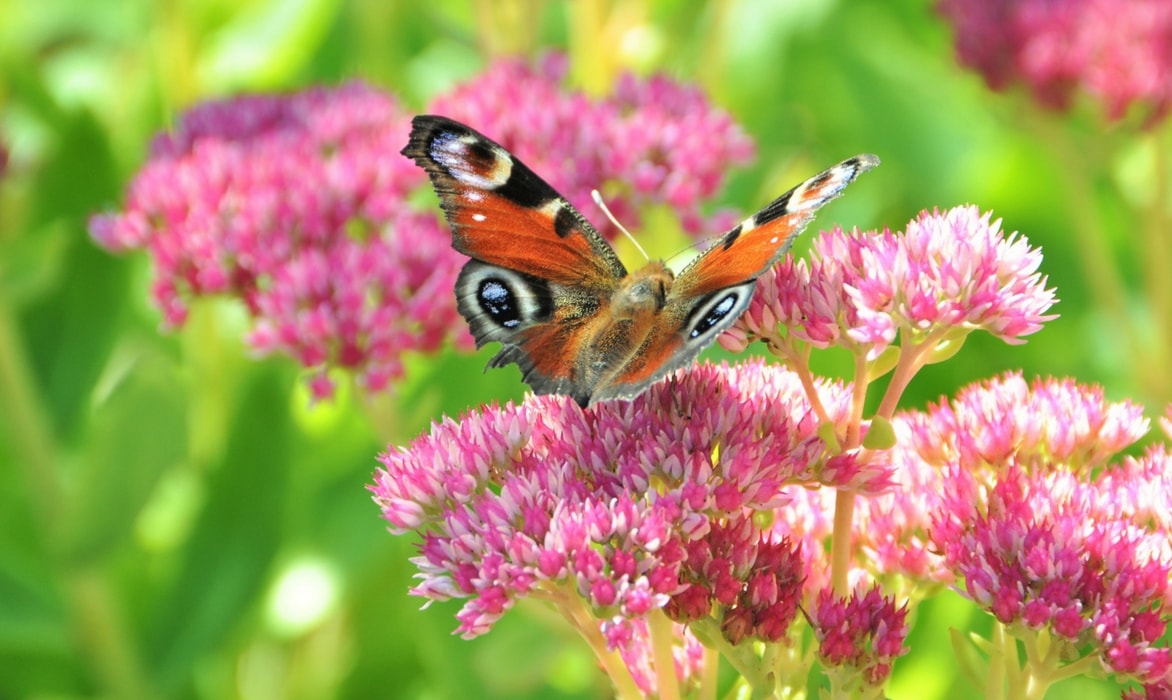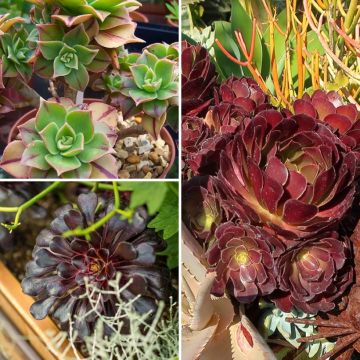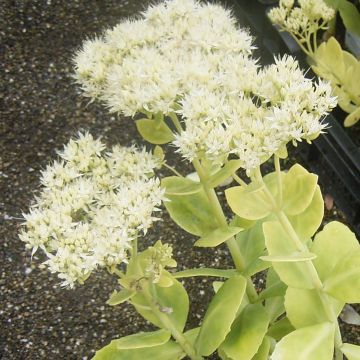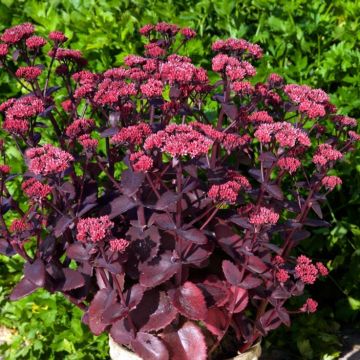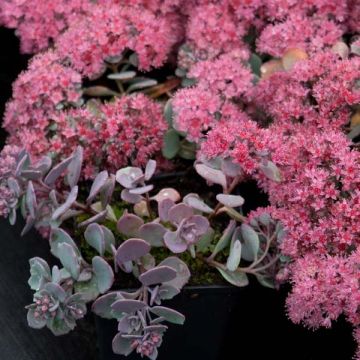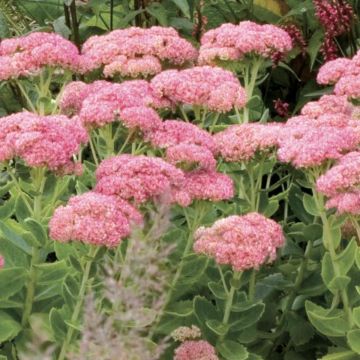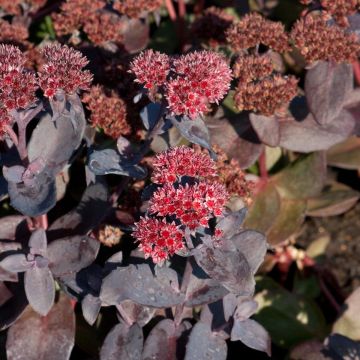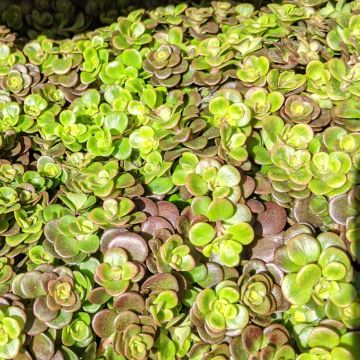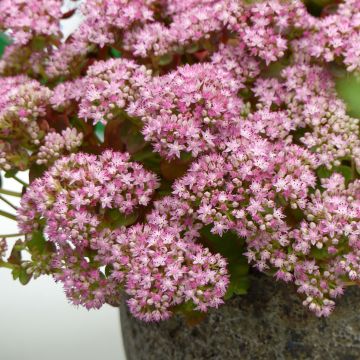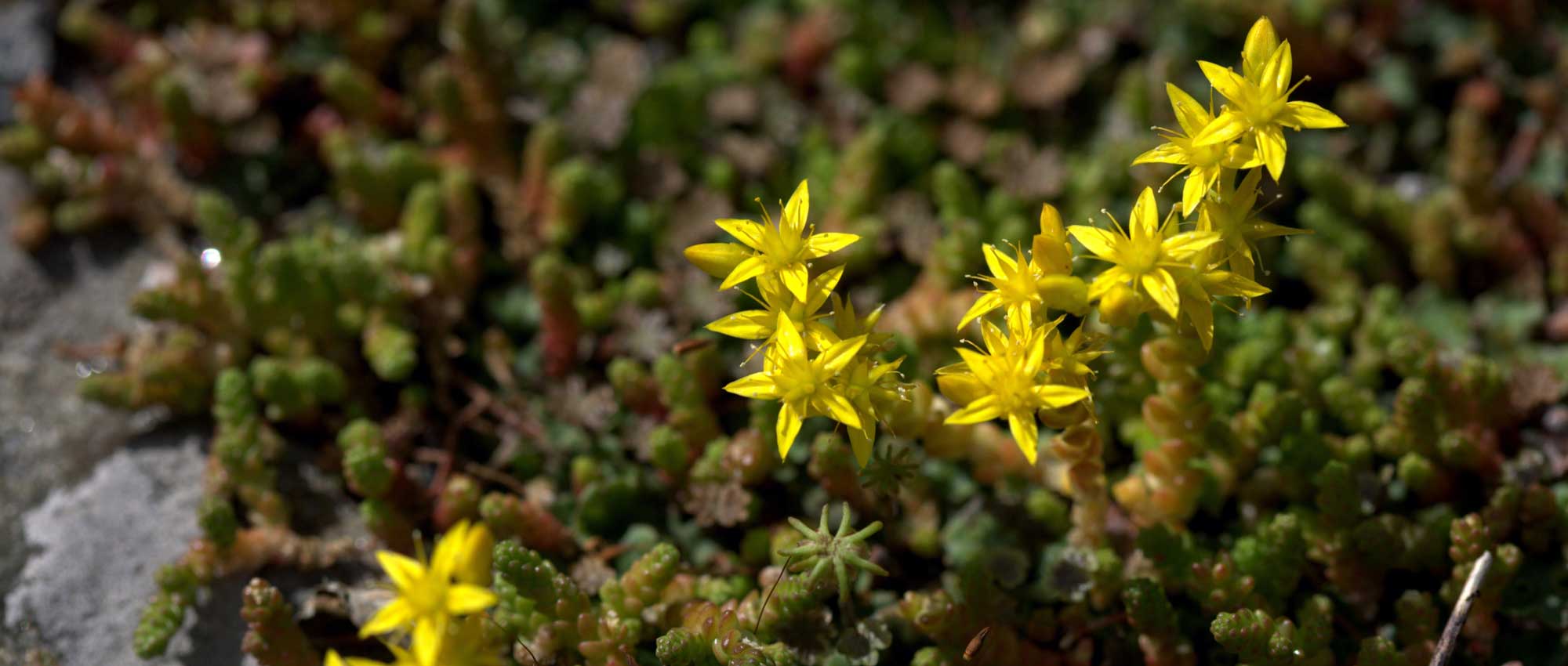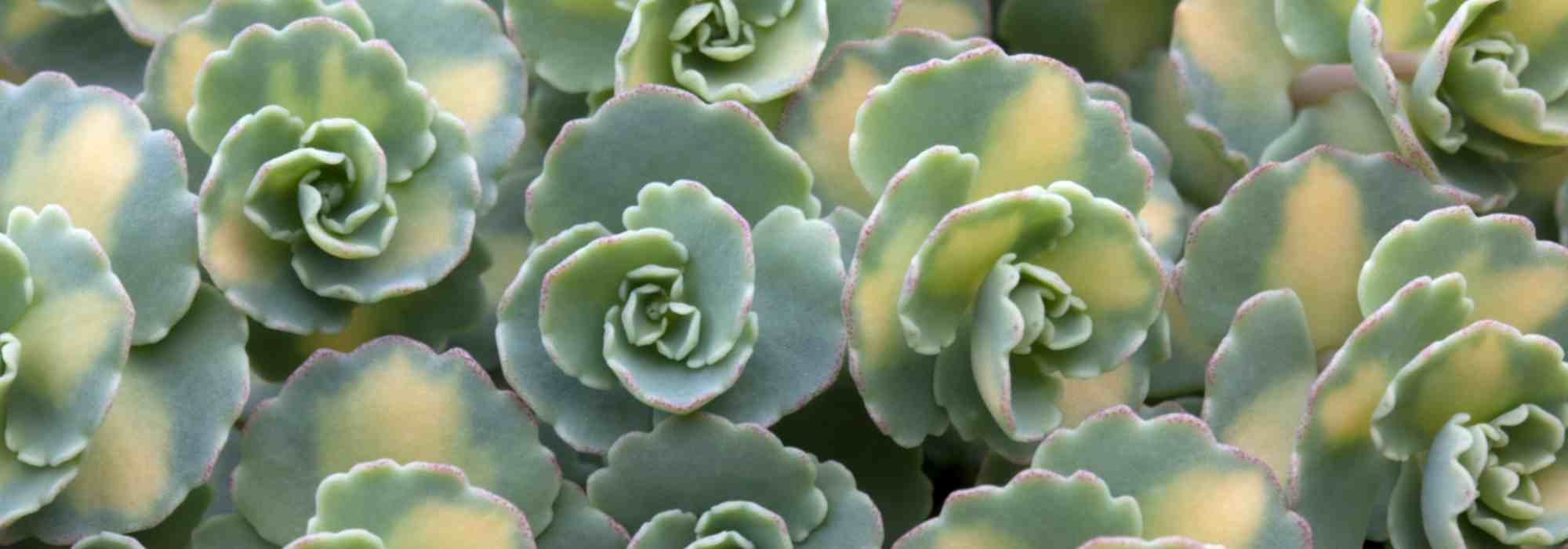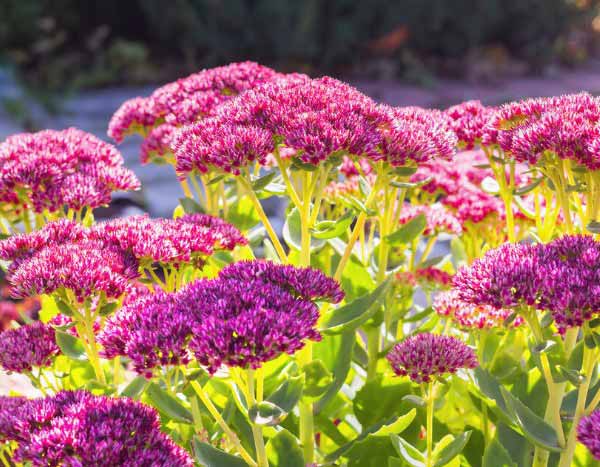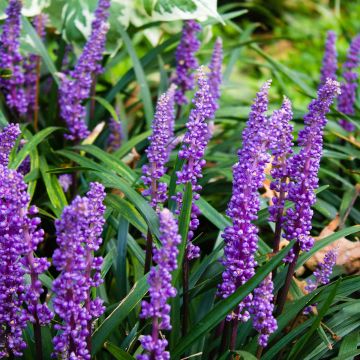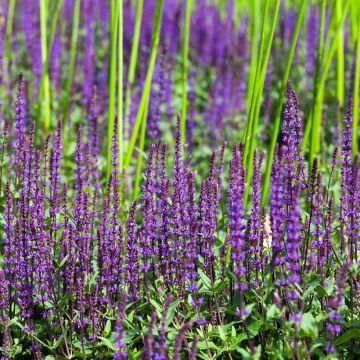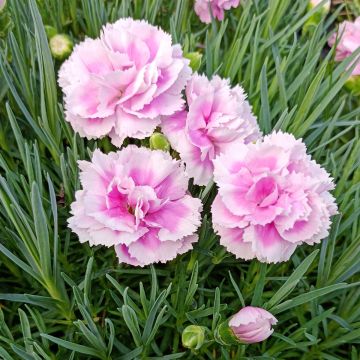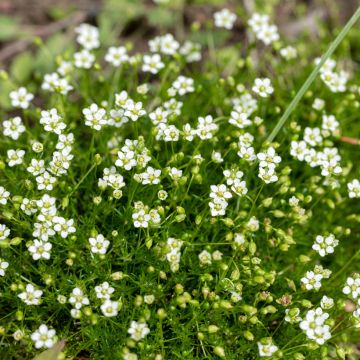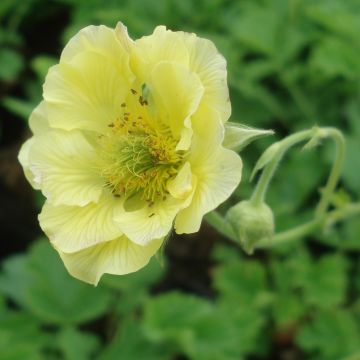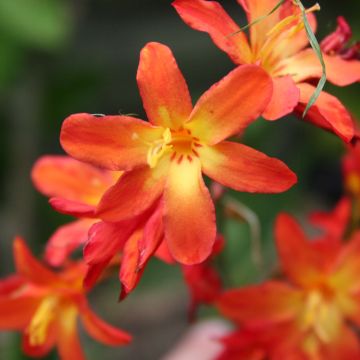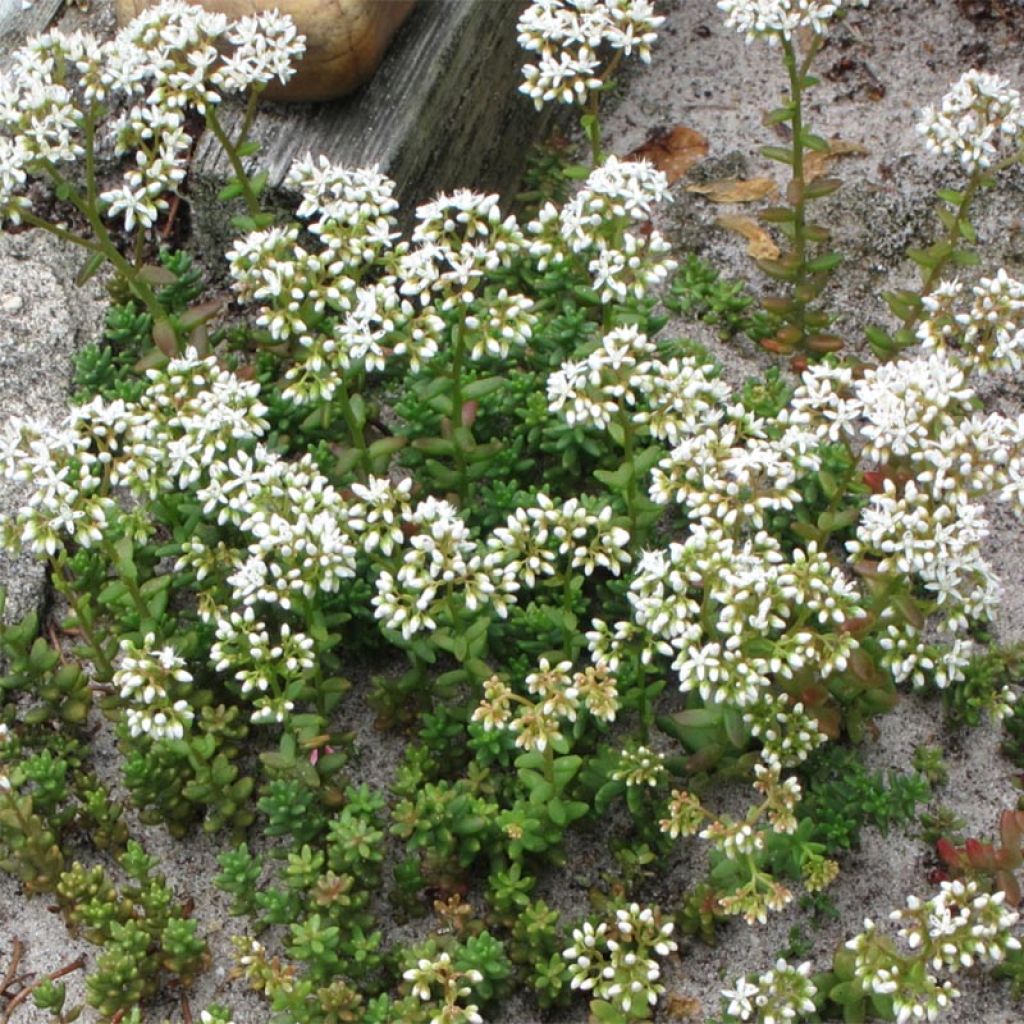

Sedum album Coral Carpet - Stonecrop
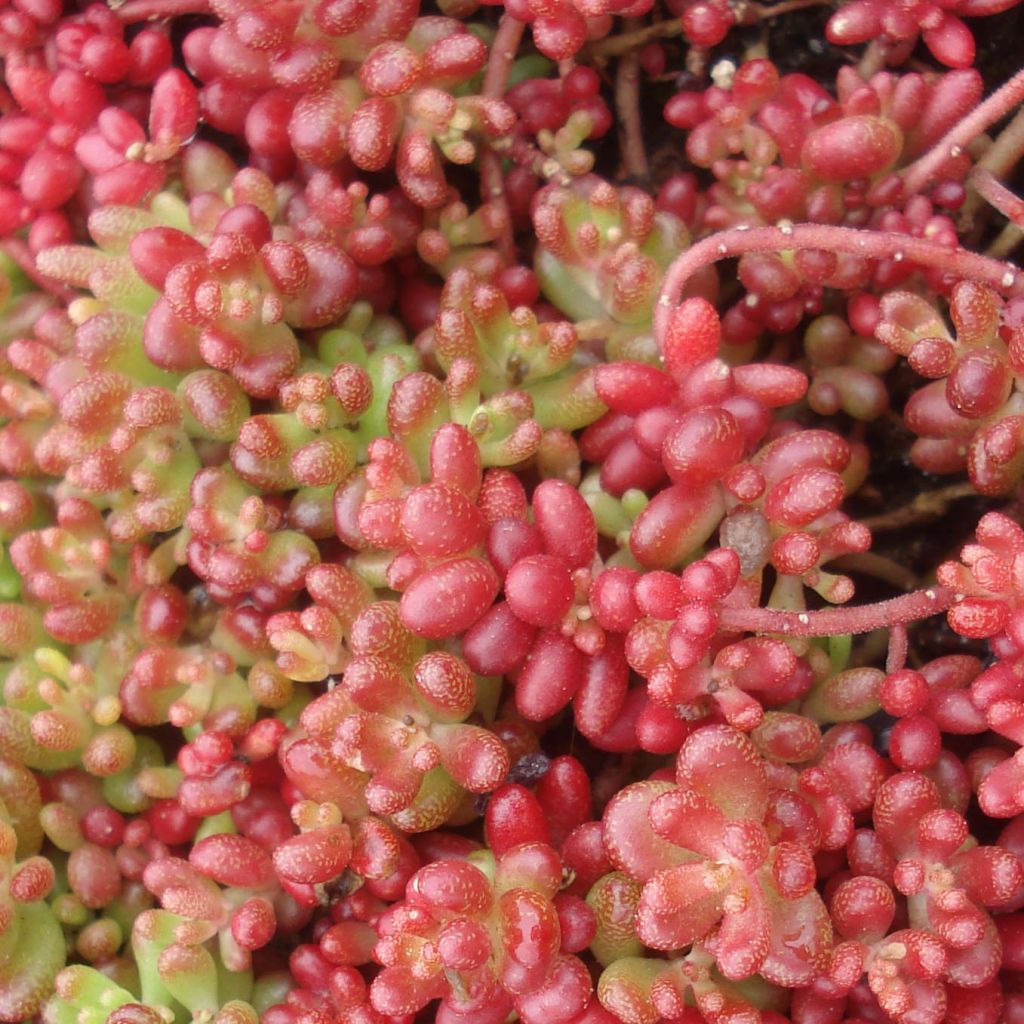

Sedum album Coral Carpet - Stonecrop
Sedum album Coral Carpet - Stonecrop
Sedum album Coral Carpet
White Stonecrop, White Sedum
Unfortunately, it didn't survive a particularly dry and hot summer...
Béatrice, 14/11/2024
Special offer!
Receive a €20 voucher for any order over €90 (excluding delivery costs, credit notes, and plastic-free options)!
1- Add your favorite plants to your cart.
2- Once you have reached €90, confirm your order (you can even choose the delivery date!).
3- As soon as your order is shipped, you will receive an email containing your voucher code, valid for 3 months (90 days).
Your voucher is unique and can only be used once, for any order with a minimum value of €20, excluding delivery costs.
Can be combined with other current offers, non-divisible and non-refundable.
Home or relay delivery (depending on size and destination)
Schedule delivery date,
and select date in basket
This plant carries a 12 months recovery warranty
More information
We guarantee the quality of our plants for a full growing cycle, and will replace at our expense any plant that fails to recover under normal climatic and planting conditions.
Would this plant suit my garden?
Set up your Plantfit profile →
Description
Sedum album 'Coral Carpet', also known as white stonecrop, is a small creeping perennial with charming tiny leaves. Its plump leaves form small green rosettes that turn red with the first cold winds in autumn. Evergreen and resistant to drought, it creates a carpet that colonises the most difficult terrains. Its long stems easily root in any crevice and thrive in poor soils, preferably in the sun. Its white flowering in star-shaped blooms occurs in June and July, completing this delicate miniature.
From the Crassulaceae family, white stonecrop thrives in difficult and very dry soils in the wild. If your soil is poor, rather rocky, or even slightly chalky, you can still benefit from these hardy perennials (it withstands temperatures below -15°C (5°F)), which require no maintenance and promise to bring changing colours to your garden. These sedums are easy-to-grow succulents, with flowers and foliage in various shades that can be used to create multiple palettes, whether in flower beds, pots, or rock gardens. However, they should not be exposed to excessive moisture in winter, nor covered with dead leaves (as this may cause them to deteriorate). They prefer a sunny, even scorching, exposure and will thrive in just a few millimetres of substrate.
The 'Coral Carpet' variety has a creeping habit that can spread up to 45cm (18in). Its stems slightly rise at their tips, barely reaching a height of 5cm (2in). They bear small, oblong, fleshy, and almost cylindrical leaves. When filled with water, they measure barely 3 to 4mm. Alternate in arrangement, they create the appearance of small rosettes at the ends of the stems. This foliage displays distinct but changing shades. Light green, it turns coral red, darkening to almost purple and gradually spreading to all the leaves. These nuances vary, like most of its cousins in the same genus, depending on the climatic conditions: the amount of light and the cold will either lighten or intensify its colours. From this carpet, a tiny and delicate flowering stands out. Its miniature corymb inflorescences consist of multiple star-shaped white flowers, which can double the height of this small carpet.
Sedum album 'Coral Carpet' is a great asset to conquer all the corners around the house. Plant it on the edges of the driveway, at the corner of a patio, or at the foot of an overly exposed wall. Requiring no maintenance and colonising abandoned spaces, it is suitable for green roofs and second homes. It is the privileged guest of mineral scenes with contemporary accents and will thrive in pots or in a field of coloured gravel surrounded by grasses. In a rock garden, plant it with its cousins: S. 'Lemon Ball,' S. spathulifolium 'Cape Blanco,' and S. reflexum 'Angelina' to create a highly varied scene.
Sedum album Coral Carpet - Stonecrop in pictures




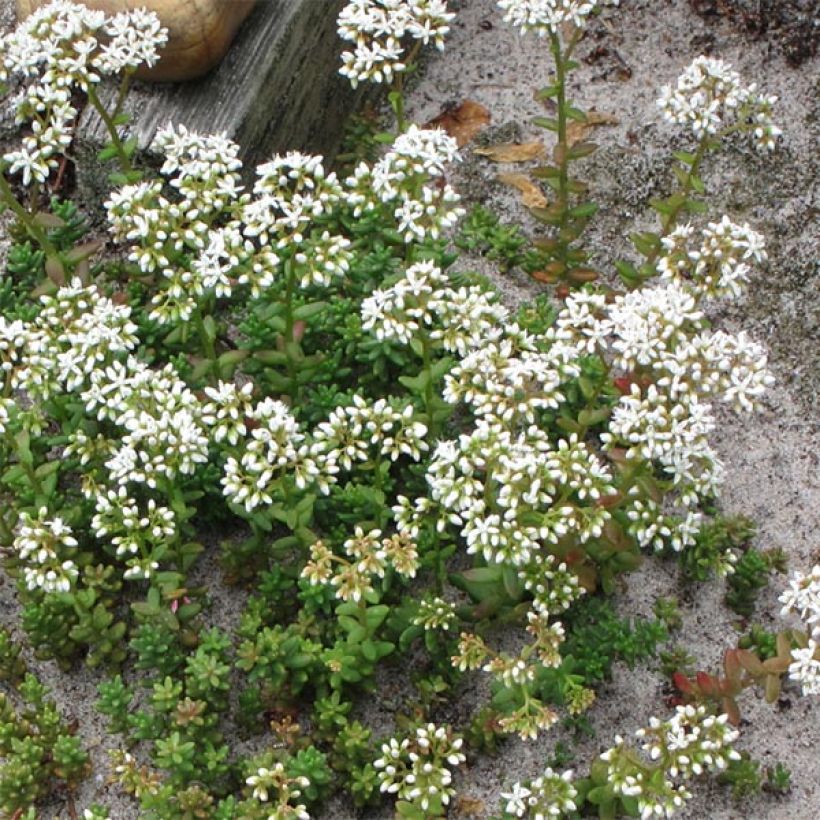

Flowering
Foliage
Plant habit
Botanical data
Sedum
album
Coral Carpet
Crassulaceae
White Stonecrop, White Sedum
Cultivar or hybrid
Other Sedum
View all →Planting and care
Sedum album 'Coral Carpet' likes hot exposures and dry, poor soils. You can plant it in the ground or in a container in spring or autumn. Keep the soil well-drained, adding gravel if necessary. Conversely, if you place it in a rockery or on a wall, just give it a little compost to help it to establish. Afterwards, it will manage on its own.
Take care of it by making sure it doesn't get covered in dead leaves or vegetation residues, and by eventually removing faded small inflorescences.
Planting period
Intended location
Care
Planting & care advice
-
, onOrder confirmed
Reply from on Promesse de fleurs
Similar products
Haven't found what you were looking for?
Hardiness is the lowest winter temperature a plant can endure without suffering serious damage or even dying. However, hardiness is affected by location (a sheltered area, such as a patio), protection (winter cover) and soil type (hardiness is improved by well-drained soil).

Photo Sharing Terms & Conditions
In order to encourage gardeners to interact and share their experiences, Promesse de fleurs offers various media enabling content to be uploaded onto its Site - in particular via the ‘Photo sharing’ module.
The User agrees to refrain from:
- Posting any content that is illegal, prejudicial, insulting, racist, inciteful to hatred, revisionist, contrary to public decency, that infringes on privacy or on the privacy rights of third parties, in particular the publicity rights of persons and goods, intellectual property rights, or the right to privacy.
- Submitting content on behalf of a third party;
- Impersonate the identity of a third party and/or publish any personal information about a third party;
In general, the User undertakes to refrain from any unethical behaviour.
All Content (in particular text, comments, files, images, photos, videos, creative works, etc.), which may be subject to property or intellectual property rights, image or other private rights, shall remain the property of the User, subject to the limited rights granted by the terms of the licence granted by Promesse de fleurs as stated below. Users are at liberty to publish or not to publish such Content on the Site, notably via the ‘Photo Sharing’ facility, and accept that this Content shall be made public and freely accessible, notably on the Internet.
Users further acknowledge, undertake to have ,and guarantee that they hold all necessary rights and permissions to publish such material on the Site, in particular with regard to the legislation in force pertaining to any privacy, property, intellectual property, image, or contractual rights, or rights of any other nature. By publishing such Content on the Site, Users acknowledge accepting full liability as publishers of the Content within the meaning of the law, and grant Promesse de fleurs, free of charge, an inclusive, worldwide licence for the said Content for the entire duration of its publication, including all reproduction, representation, up/downloading, displaying, performing, transmission, and storage rights.
Users also grant permission for their name to be linked to the Content and accept that this link may not always be made available.
By engaging in posting material, Users consent to their Content becoming automatically accessible on the Internet, in particular on other sites and/or blogs and/or web pages of the Promesse de fleurs site, including in particular social pages and the Promesse de fleurs catalogue.
Users may secure the removal of entrusted content free of charge by issuing a simple request via our contact form.
The flowering period indicated on our website applies to countries and regions located in USDA zone 8 (France, the United Kingdom, Ireland, the Netherlands, etc.)
It will vary according to where you live:
- In zones 9 to 10 (Italy, Spain, Greece, etc.), flowering will occur about 2 to 4 weeks earlier.
- In zones 6 to 7 (Germany, Poland, Slovenia, and lower mountainous regions), flowering will be delayed by 2 to 3 weeks.
- In zone 5 (Central Europe, Scandinavia), blooming will be delayed by 3 to 5 weeks.
In temperate climates, pruning of spring-flowering shrubs (forsythia, spireas, etc.) should be done just after flowering.
Pruning of summer-flowering shrubs (Indian Lilac, Perovskia, etc.) can be done in winter or spring.
In cold regions as well as with frost-sensitive plants, avoid pruning too early when severe frosts may still occur.
The planting period indicated on our website applies to countries and regions located in USDA zone 8 (France, United Kingdom, Ireland, Netherlands).
It will vary according to where you live:
- In Mediterranean zones (Marseille, Madrid, Milan, etc.), autumn and winter are the best planting periods.
- In continental zones (Strasbourg, Munich, Vienna, etc.), delay planting by 2 to 3 weeks in spring and bring it forward by 2 to 4 weeks in autumn.
- In mountainous regions (the Alps, Pyrenees, Carpathians, etc.), it is best to plant in late spring (May-June) or late summer (August-September).
The harvesting period indicated on our website applies to countries and regions in USDA zone 8 (France, England, Ireland, the Netherlands).
In colder areas (Scandinavia, Poland, Austria...) fruit and vegetable harvests are likely to be delayed by 3-4 weeks.
In warmer areas (Italy, Spain, Greece, etc.), harvesting will probably take place earlier, depending on weather conditions.
The sowing periods indicated on our website apply to countries and regions within USDA Zone 8 (France, UK, Ireland, Netherlands).
In colder areas (Scandinavia, Poland, Austria...), delay any outdoor sowing by 3-4 weeks, or sow under glass.
In warmer climes (Italy, Spain, Greece, etc.), bring outdoor sowing forward by a few weeks.






























